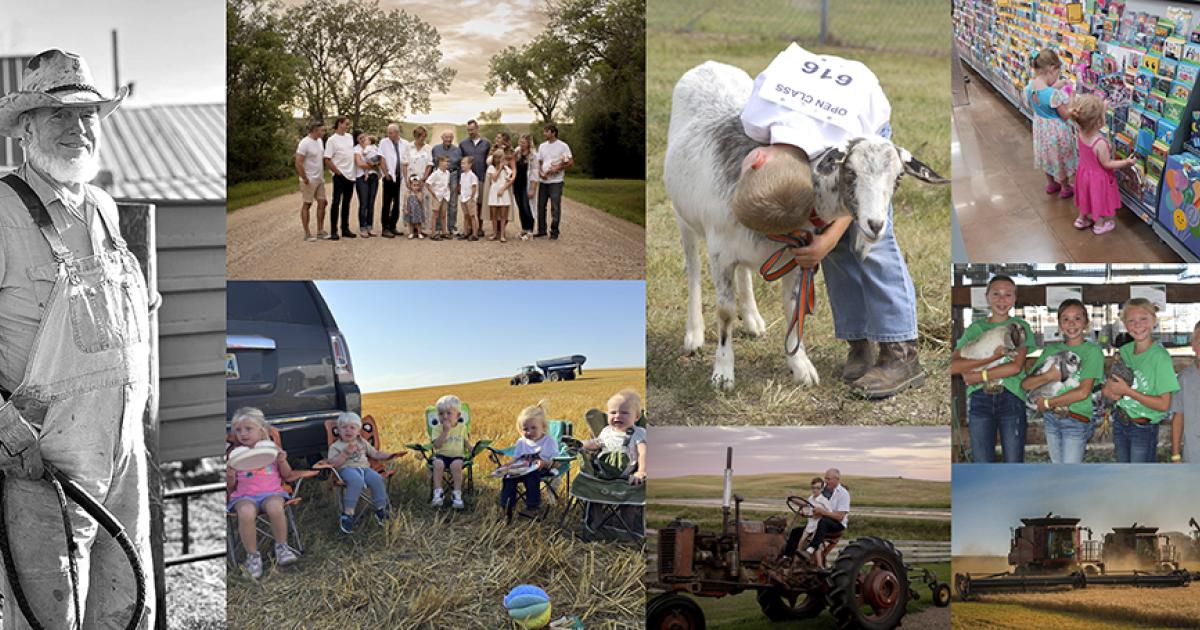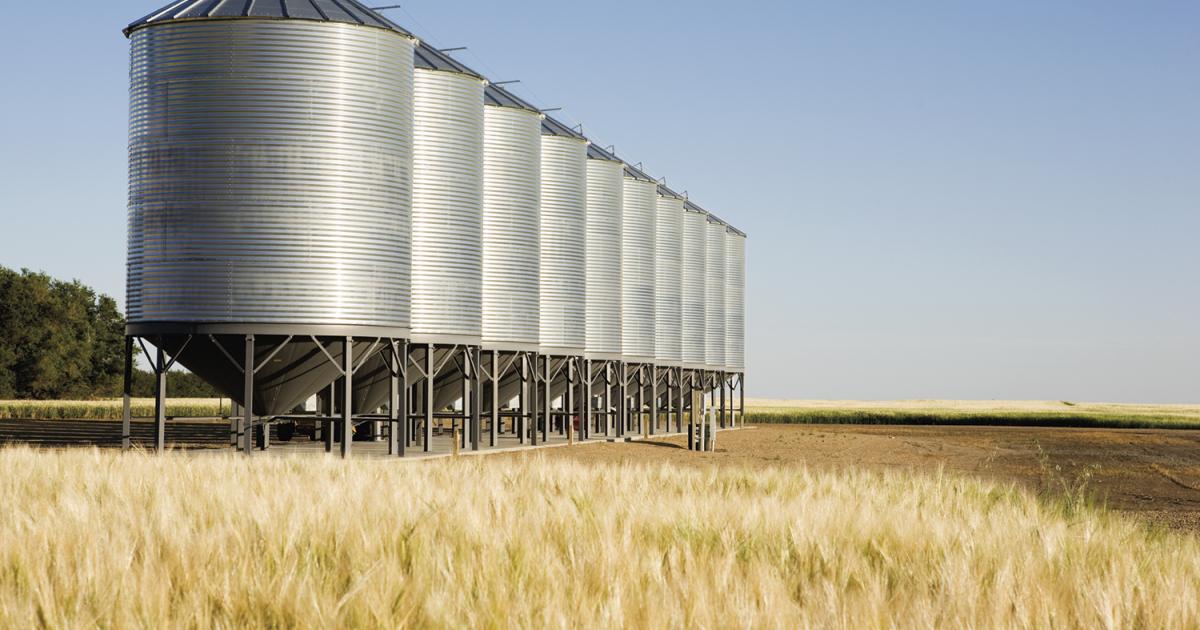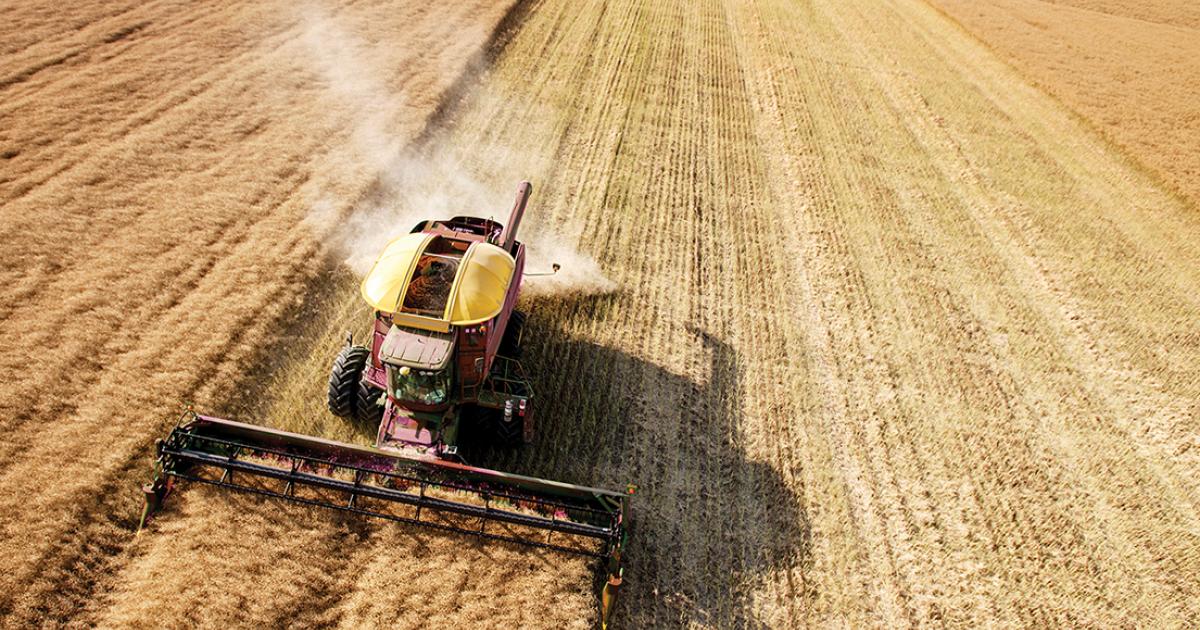In the summer of 1968, I was working for KXJB-TV in Fargo. The weekly crop reports were issued at 11 a.m. on Tuesdays. This was before fax machines and long before emails. My boss, Darryl Eastvold, would have me drive to the federal building in downtown Fargo, get a copy of the report and bring it back to the station so he could read it on the noon farm report. Darryl put a lot of importance on those weekly reports. Many people still do, especially grain traders.
Al Gustin
A retired county Extension agent recalled how, every week, he would fill out the form that would be submitted to the state Ag Statistics Service office, which would compile the crop progress reports. I asked how he could determine that the wheat in his county might be 30 percent poor, 45 percent good and 25 percent excellent. He said part of it was actual observation. But he said he would also call a handful of farmers each week, and would complete his report based on what they told him.
The Statistics Service says it relies on county agents and county Farm Service Agency directors to provide the information for the weekly crop updates. Despite their best efforts, they obviously can’t check every field in the county. And conditions can vary a lot over just a few miles. It’s virtually impossible for anyone to say that the crop in a county is 33 percent excellent, 33 percent good and 33 percent fair to poor. Yet, that’s what the crop reporters are expected to do. And their reports are combined with all the other educated guesses to come up with a national figure that is, at best, highly suspect.
Referring to the weekly crop updates, an official of the Ag Statistics Service admitted to me that “it’s one of the most subjective things we do.” Yet, when corn in the good-to-excellent rating goes from 75 percent one week to 70 percent the next, the corn futures prices are bid higher.
This is not to diminish the efforts of the crop reporters or the Ag Statistics Service. They may be doing the best that they can, and the end result is better than no information at all. But Darryl may have been wrong in considering those crop report numbers so important. And I think many in the grain trade are wrong as well.
Al Gustin is a retired farm broadcaster, active rancher and a member of Mor-Gran-Sou Electric Cooperative.










